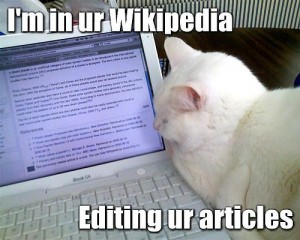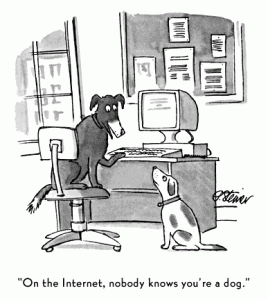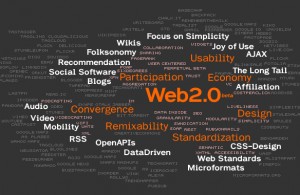Image Credit: Bill Thompson
This blog is cross-posted here.
In consideration of our entire customer base, we exclude “adult” material from appearing in some searches and best seller lists. Since these lists are generated using sales ranks, adult materials must also be excluded from that feature.Hence, if you have further questions, kindly write back to us.
Best regards,
Ashlyn D
Member Services
Amazon.com Advantage
One of the issues is the definition of “adult content.” Those familiar with the MPAA rating system for films in the US know how ratings are determined by power in the industry. If you’re an indie filmmaker with risqué content, well, good luck. You’ll get a judgment and you’ll have to live with it. If you have the backing of a major studio, no problem. The MPAA will negotiate with you on a scene-by-scene basis. There are serious implications for getting a more “restrictive” rating, since distribution deals often hinge on appealing to the widest possible audiences. A more restrictive rating almost guarantees lower box office revenues. See This Film Is Not Yet Rated for more on this. Here’s a long trailer::


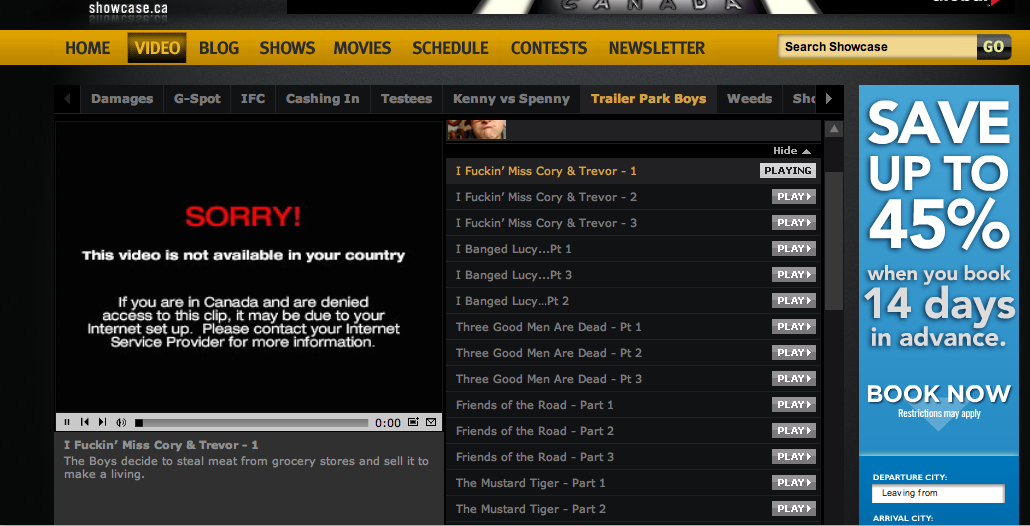
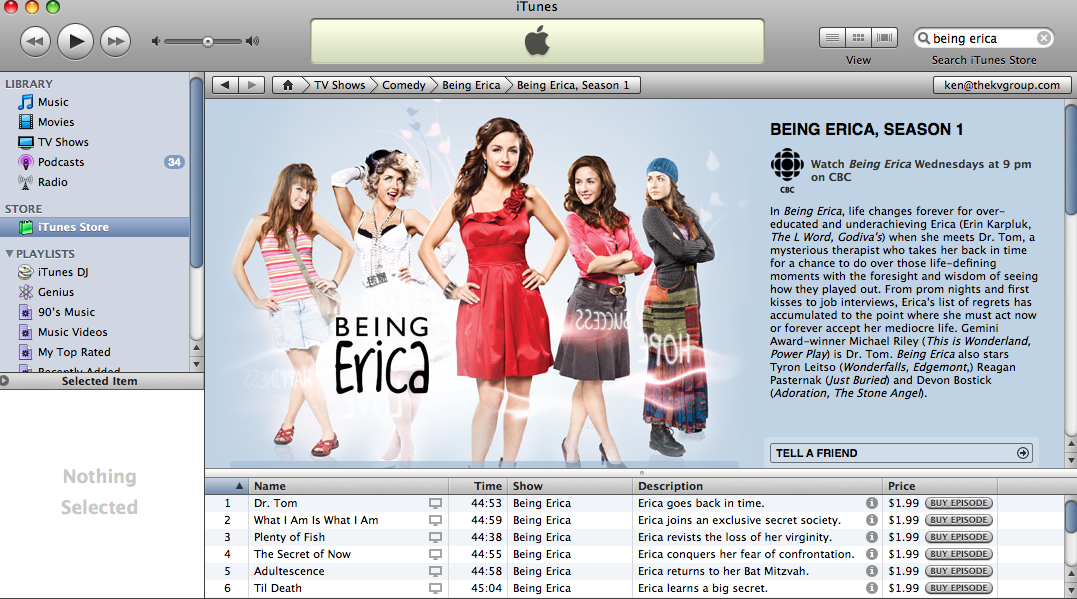 Over the holidays, I saw CBC really hyping
Over the holidays, I saw CBC really hyping 


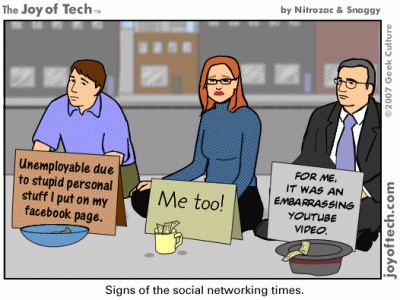 Many of us post to Facebook, perhaps unaware of what can happen to that content and who has rights to it. All of this came to a head a few days ago, as Facebook’s new terms of service (TOS) came to light and were met with a range of reactions from
Many of us post to Facebook, perhaps unaware of what can happen to that content and who has rights to it. All of this came to a head a few days ago, as Facebook’s new terms of service (TOS) came to light and were met with a range of reactions from 